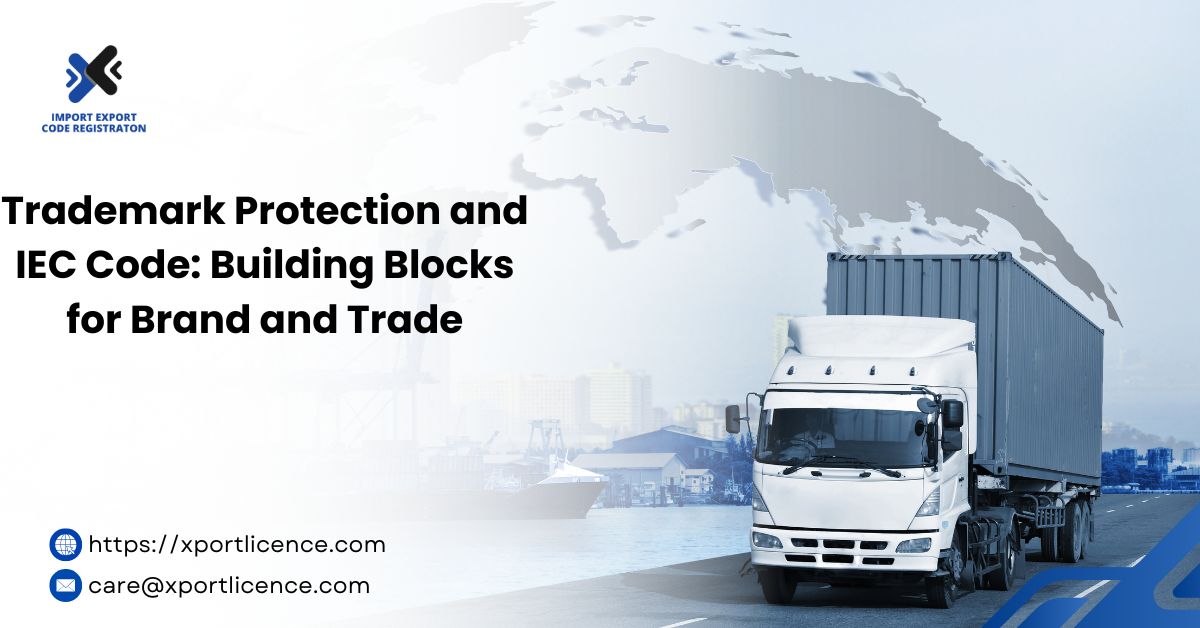The Importer-Exporter Code (IEC) and trademarks are both essential components for businesses engaged in international trade. While the IEC Code facilitates the legal aspects of importing and exporting goods and services, trademarks protect the brand identity of these goods and services in the global market. Understanding the interplay between these two can significantly enhance a company's international operations.
Understanding the Importer-Exporter Code (IEC)
The IEC is a 10-digit unique code issued by the Directorate General of Foreign Trade (DGFT) in India. It is mandatory for any individual or business entity involved in importing or exporting goods and services from India. The IEC serves as a key identification number for international trade transactions and is required for customs clearance, availing export incentives, and conducting international financial transactions.
The Role of Trademarks in International Trade
A trademark is a recognizable sign, design, or expression that identifies products or services of a particular source from those of others. In the context of international trade, trademarks are crucial for:
- Brand Protection: Ensuring that a company's brand is legally protected in foreign markets.
- Consumer Trust: Building and maintaining consumer trust and loyalty across different countries.
- Market Differentiation: Distinguishing a company's products or services from competitors in the global marketplace.
Interplay Between IEC and Trademarks
While the IEC allows a business to legally engage in international trade, trademarks ensure that the business's brand identity is protected in those markets. Here's how they complement each other:
- Market Entry: An IEC is required to enter international markets, while a trademark ensures that the brand is protected upon entry.
- Legal Compliance: Both IEC and trademarks are legal requirements in their respective domains—IEC for trade compliance and trademarks for intellectual property rights.
- Brand Integrity: While the IEC facilitates the movement of goods, trademarks maintain the brand's integrity and reputation in foreign markets.
Strategic Importance of Aligning IEC and Trademark Registrations
For businesses aiming to expand globally, it's strategic to align IEC registration with trademark registration:
- Simultaneous Registration: Registering trademarks in target export markets concurrently with obtaining an IEC can prevent potential legal issues related to brand infringement.
- Market Research: Understanding the trademark laws and registration processes in target countries can inform better decision-making and protect brand assets effectively.
- Integrated Strategy: Developing an integrated international trade strategy that includes both IEC and trademark considerations ensures smoother operations and brand protection.
The process to apply IEC Code
- Visit the IEC Portal – Open the official IEC registration website on your browser.
- Fill in the Application Form – Enter your business name, type, PAN number, and other required details carefully.
- Submit the Application – Review all the details to ensure accuracy before submitting the form.
- Pay the Registration Fee – Make the payment online using net banking, credit/debit card, or UPI.
- OTP Verification – Enter the OTP sent to your registered mobile number or email for authentication.
- Processing & Approval – The concerned authority will verify your details and process the application.
- Receive Your IEC Code – Once approved, the IEC code will be sent to your registered email within 1-2 business days.
Note:- Now you can easily update and renew the iec code online
Conclusion
In summary, while the IEC is essential for the legal aspects of international trade, trademarks play a critical role in protecting and establishing a brand in the global market. Businesses should consider both as integral parts of their international expansion strategy to ensure compliance, protect their brand identity, and build consumer trust worldwide.





Comments